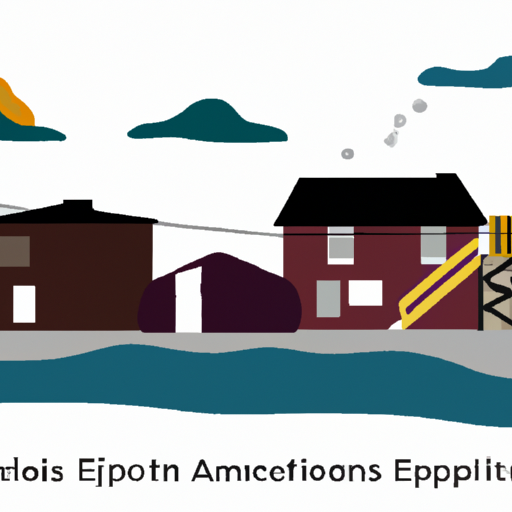Opioid Crisis in Canada: Focusing on First Nation Communities and the Struggle for Adequate Housing and Health Facilities
Dear readers, we come together today in analysis once more, this time turning our attention to this in-depth report by the Aboriginal Peoples Television Network (APTN) which shines a light on the dual hardships facing many Indigenous communities in Canada: an ever-deepening opioid crisis and a potential decrease in housing funding.
The Opioid Crisis in First Nations Communities
The opioid crisis is not a new phenomenon in Canada, but its impacts are much more severe in the First Nations communities. This crisis, which is the spiraling addiction to opioids, a class of drugs that includes the illegal drug heroin, synthetic opioids such as fentanyl and pain relievers available legally by prescription, has left a devastating number of people displaced, homeless, and in some cases, unable to turn their lives around.
CKB vs. Canada: The Opioid Class Action Lawsuit
A significant event related to the opioid crisis is CK vs Canada – the landmark opioid class action lawsuit involving First Nations. This lawsuit spotlights just how deeply the crisis has affected the First Nations communities, validating the conversation around the necessity for increased, target aid packages to address this crisis. While there are still key discussions surrounding how the settlement will be allocated, the necessity of the proceeding itself underscores how endemic the opioid crisis has become within these communities.
Where Housing Meets Health: The Potential Funding Cuts
What adds an additional angle to this crisis is the impending reduction in federal housing money for First Nations communities outside the Prairies. As negotiations continue over a new funding formula, the possibility of cuts threatens the capacity of these communities to respond to and recover from the opioid epidemic. Safe and stable housing is not just a fundamental human need, but also a critical component of holistic health, impacting the ability of an individual to recover from addiction and reintegrate into their communities.
Key Points from the Article
- The opioid crisis is endemic within Canada’s Indigenous communities
- The pending CK vs Canada opioid class action lawsuit validates how severely affected these communities are
- The future funding for housing could potentially shrink for First Nations communities located outside the Prairies
- An emphasis on holistic approaches to combat the opioid crisis is necessary, which includes stable and safe housing
Steps to Combating the Crisis
Efforts to combat the opioid epidemic include providing comprehensive and culturally safe access to treatment methods such as naloxone kits, ensuring community members are trained to recognize and respond to opioid overdoses, expanding mental health and addiction services, and implementing evidence-based harm reduction strategies. These efforts are all the more considerable in the current landscape, wherein compromised housing conditions may destabilize these endeavours.
The situation calls for a multi-sector approach where housing and healthcare initiatives work hand in hand towards the ultimate goal: supporting and uplifting communities affected by the opioid crisis.
Closing Thoughts
In conclusion, while the opioid crisis continues to challenge many First Nations communities, the potential reduction in housing funding adds another layer. The ability to combat the opioid crisis and help communities heal is unequivocally tied to the provision of safe, stable housing. The CK vs Canada opioid class action lawsuit and the associated discussions serve as crucial reminders of the gravity of the situation.
As we navigate this complex landscape, the onus is on broader society, policy makers, researchers, and frontline workers alike to push for the best possible outcomes: a comprehensive strategy that integrates the need for both crucial healthcare and housing support for First Nations communities affected by the opioid crisis.


